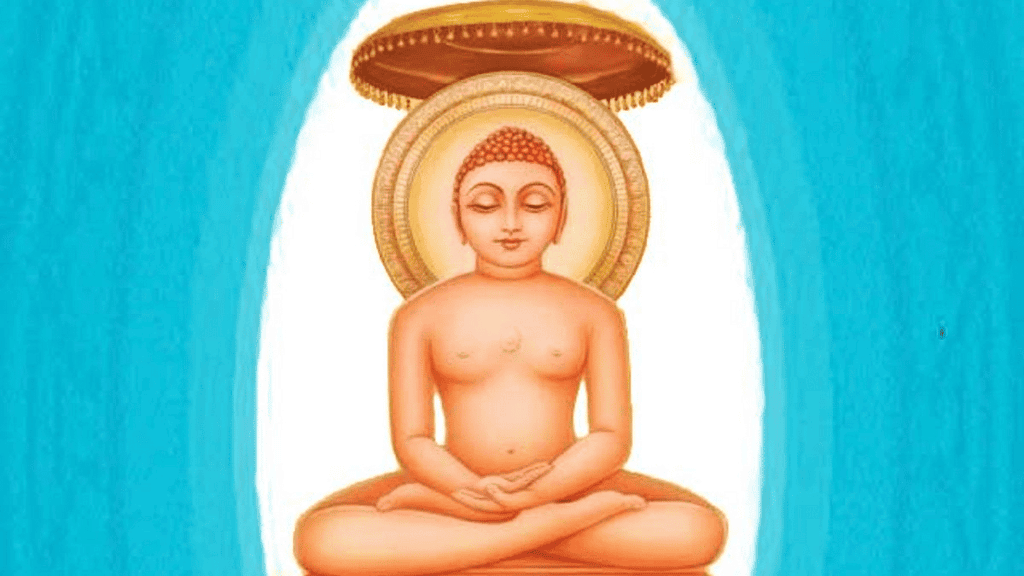Humanities/Arts Exam > Humanities/Arts Notes > Fine Art for Class 11 > Important Points: Indian Bronze Sculpture
Important Points: Indian Bronze Sculpture | Fine Art for Class 11 - Humanities/Arts PDF Download
1. Mastery of Bronze Medium:
- Indian sculptors mastered bronze casting using the cire-perdu (lost-wax) process.
- Process originated during the Indus Valley Culture.
- Creation of alloy (bronze) by mixing copper, zinc, and tin.
2. Historical Bronze Sculptures:
- Dancing Girl from Mohenjodaro (2500 BCE) is the earliest bronze sculpture.
- Bronze statuettes from Daimabad (Maharashtra) dated to 1500 BCE, including a Chariot with simplified circular wheels and elongated driver.
3. Jain Tirthankaras:
- Kushana Period (2nd century CE) bronzes from Chausa, Bihar depicting Jain tirthankaras with detailed masculine physiques.
- Gujarat and Rajasthan: Early strongholds of Jainism with a famous hoard of Jain bronzes found at Akota (Baroda) dated between 5th and 7th centuries CE.

4. Gupta and Post-Gupta Periods:
- Standing Buddha images with abhaya mudra cast in Uttar Pradesh and Bihar (5th-7th centuries).
- Sarnath-style bronzes characterized by foldless drapery and monumental figures like the Buddha image at Sultanganj, Bihar.
5. Influence of Gupta and Vakataka Periods:
- Vakataka bronze images of Buddha from Phophnar, Maharashtra, showing Amaravati style influence and significant changes in drapery style.
6. Iconography and Portable Worship:
- Growth of different types of Vishnu images like Chaturanana (Vaikuntha Vishnu).
- Portable bronzes for individual worship or installation in Buddhist viharas.
7. Distinct Regional Styles:
- Himachal Pradesh and Kashmir: Bronze images of Buddhist deities and Hindu gods from the 8th-10th centuries.
- Nalanda: School of bronze-casting during the Pala Dynasty, with notable bronzes like four-armed Avalokitesvara and images of Tara.
8. Chola Period:
- High stage of bronze casting in Tamil Nadu during the medieval period.
- Exquisite statues produced, notably Nataraja bronze sculptures, depicting Shiva in a dynamic dancing pose.
- Chola Period bronzes highly sought after by collectors.
9. Vijayanagar Period:
- 16th century portrait sculptures in Andhra Pradesh, such as life-size statues of Krishnadevaraya and his queens at Tirupati.
10. Lost-Wax Process:
- Detailed steps: Creating a wax model, covering with clay, sand, and cow-dung paste, and pouring molten metal.
- Used for making articles of daily use and present-day tribal art expressions.
- Alloy of five metals (gold, silver, copper, brass, lead) sometimes used.
The document Important Points: Indian Bronze Sculpture | Fine Art for Class 11 - Humanities/Arts is a part of the Humanities/Arts Course Fine Art for Class 11.
All you need of Humanities/Arts at this link: Humanities/Arts
|
10 videos|24 docs|16 tests
|
FAQs on Important Points: Indian Bronze Sculpture - Fine Art for Class 11 - Humanities/Arts
| 1. What are some common themes found in Indian Bronze Sculpture? |  |
Ans. Some common themes found in Indian Bronze Sculpture include religious deities, mythological figures, animals, and everyday life scenes.
| 2. How were Indian Bronze Sculptures created in ancient times? |  |
Ans. Indian Bronze Sculptures were typically created using the lost-wax casting technique, where a wax model was covered in clay, heated to melt the wax, and then filled with molten metal.
| 3. What are some famous examples of Indian Bronze Sculptures? |  |
Ans. Some famous examples of Indian Bronze Sculptures include the Chola bronze statues of Hindu deities such as Shiva and Parvati, as well as the Nataraja statue depicting the cosmic dance of Lord Shiva.
| 4. What is the significance of Indian Bronze Sculpture in Indian art and culture? |  |
Ans. Indian Bronze Sculpture holds great significance in Indian art and culture as it represents the craftsmanship, religious beliefs, and artistic traditions of ancient India.
| 5. How can one differentiate between an authentic Indian Bronze Sculpture and a replica? |  |
Ans. One can differentiate between an authentic Indian Bronze Sculpture and a replica by examining the craftsmanship, patina, and provenance of the sculpture. Authentic pieces often have intricate details, a natural patina, and a documented history of ownership.
Related Searches





















